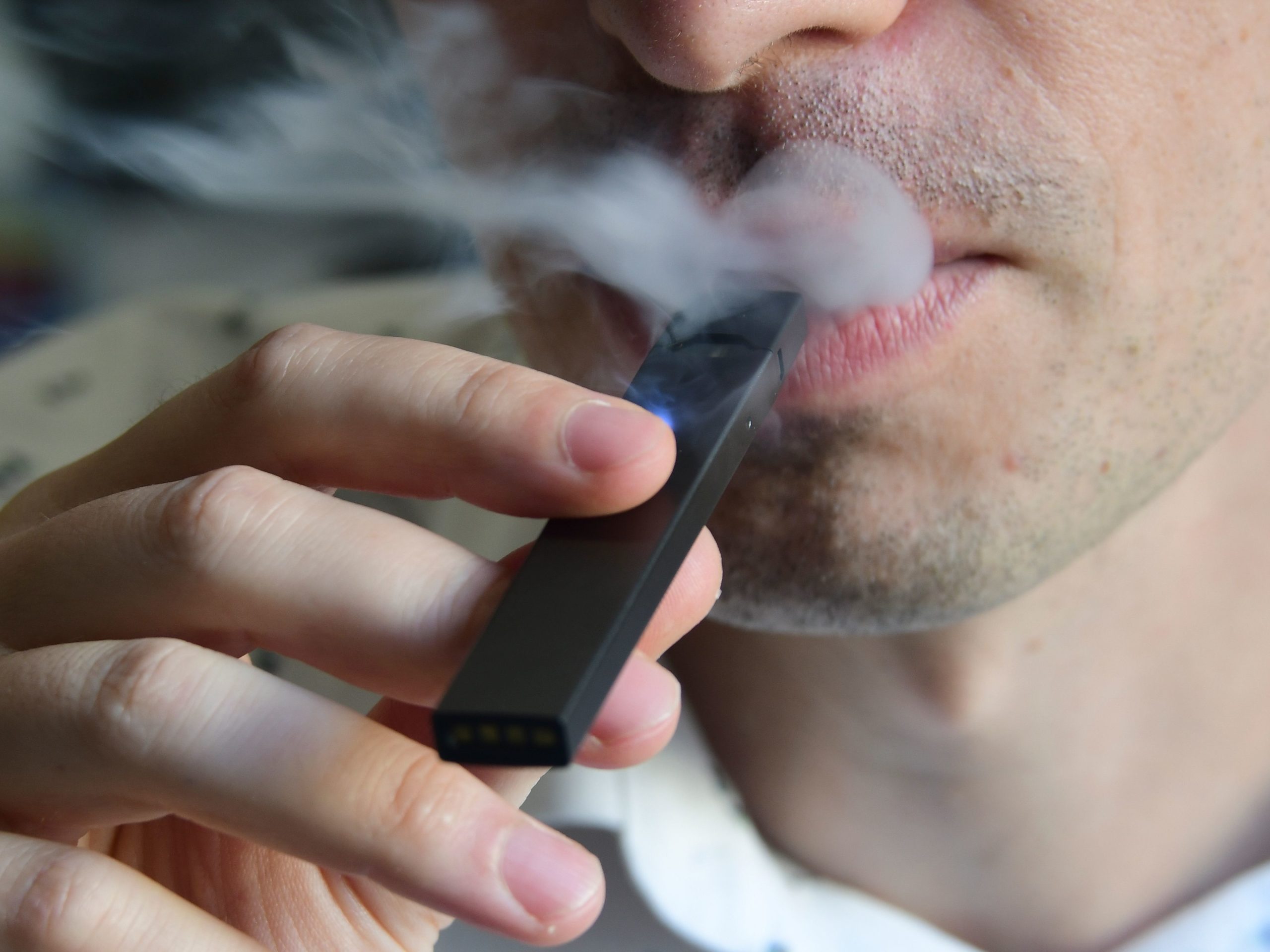Vaping is one of the most unhealthy trends worldwide. Vaping, which is marketed as a safer alternative to smoking, is mostly popular among the younger generation. It soared in popularity over the past decade with unique flavours. It involves using an electronic device to inhale vaporized liquid that contains flavourings, nicotine, and other chemicals.
While some individuals vape to appear fashionable, others do it to get rid of their smoking addiction. In both cases, vaping poses can lead to addiction and poses a significant health risk. Here, we will discuss the health implications of vaping and effective strategies to quit.

The Health Risks of Vaping
There are multiple dangers associated with vaping, making it not as safe as you may think. Studies have uncovered a variety of health risks, including:
1. Nicotine Addiction: Vaping involves high concentrations of nicotine, which is one of the most addictive substances in the world.
2. Respiratory Issues: Similar to traditional smoking, vaping can damage your lung tissue and lead to inflammation. This can result in illnesses such as chronic bronchitis.
3. Cardiovascular Effects: Vaping increases the risk of heart disease by raising blood pressure and heart rate, which puts pressure on the cardiovascular system.
4. Mental Health Concerns: Nicotine reduces anxiety and depression, and it can make individuals who vape become dependent on its calming qualities to relieve their stress.

Effective Ways to Quit Vaping
Quitting vaping will be just as difficult as quitting smoking. However, preserving your health and well-being is worth the struggle. To quit vaping, you need determination, consistency, and the right strategies. Here are effective steps to quit vaping:
1. Understand Your Motivation: It is best to have a clear understanding of why you want to quit your vaping habit, whether it is to positively influence others, improve your health, or spend less. Knowing why will help maintain your motivation.
2. Set a Quit Date: Plan a date when you will quit and make mental and physical preparations, which will help you to commit.
3. Identify Triggers: Identify what causes you to vape, whether it is stress or boredom, and establish strategies to manage or avoid these triggers.
4. Replace Vaping with Healthy Habits: Seek vaping alternatives that will help fill the cravings and the void, such as sugar-free gum, healthy snacks, physical activities like jogging or yoga, or deep breathing exercises.
5. Gradual Reduction: You can slowly lessen your vaping by limiting your usage or using e-liquids with lower-strength nicotine until you are capable of stopping completely.
6. Nicotine Replacement Therapy (NRT): Try nicotine patches, gum, or lozenges to help lower withdrawal symptoms and cravings.
7. Seek Support: Seek professional help, whether through cognitive-behavioural therapy (CBT), a health care provider, or support groups that can provide advice, encouragement, and guidance.
8. Remove Temptations: Toss out all your vaping devices and e-liquids to prevent you from relapsing.
9. Reward Your Progress: Celebrate your achievements, no matter how small. Whether you went a week or a month without vaping, treating yourself can help preserve your motivation.

What to Expect When Quitting
There are several challenges you may face when you quit vaping. However, these withdrawal symptoms are temporary and will subside within a few weeks. They include:
- Irritability or mood swings
- Intense cravings
- Difficulty concentrating
- Sleep disturbances
The Benefits of Quitting
Remaining consistent is important despite how challenging the withdrawal may be. The benefits of quitting will significantly impact your life in a positive way. These benefits include improved health as your lungs and heart recover, enhanced mental clarity, increased financial savings with vaping products out of the picture, and an enhanced quality of life.

